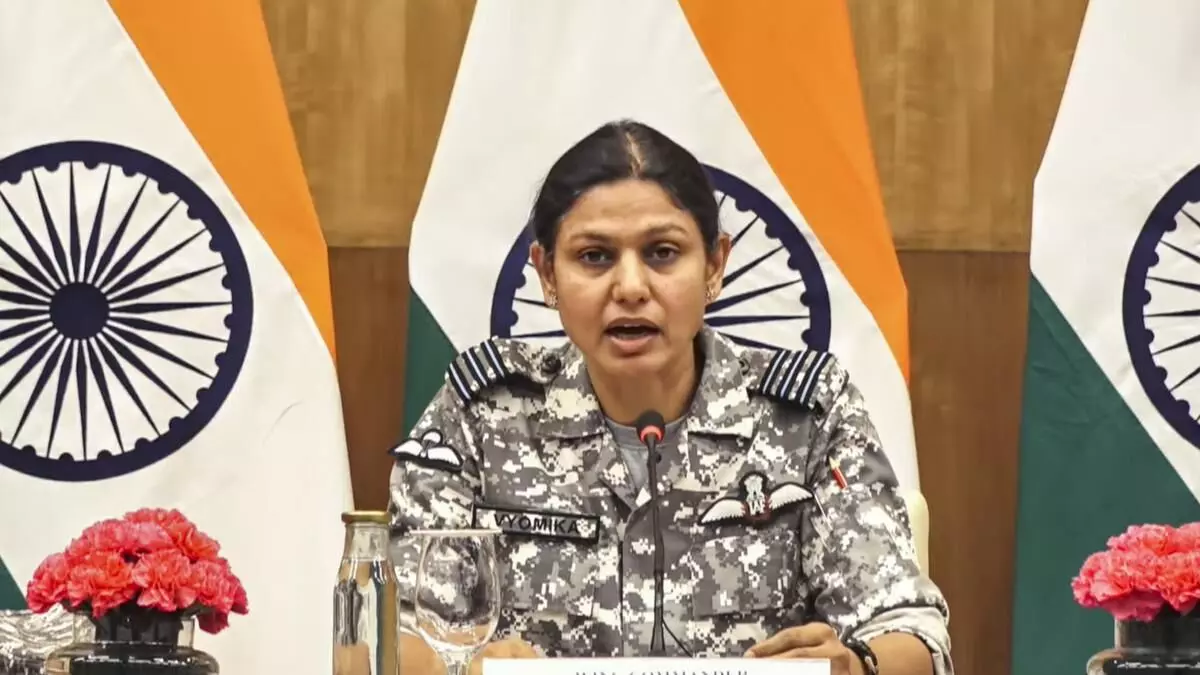The Rising Role of Asisguard Songar Drones in Modern Warfare: Insights from the India-Pakistan Conflict

In the rapidly evolving landscape of modern warfare, drones have emerged as pivotal tools for military operations. Among these, the Asisguard Songar drone, developed by Turkey, stands out. This drone is not just a technological marvel; it represents a significant shift in how countries are approaching aerial combat and surveillance. As tensions between India and Pakistan escalate, the utilization of such drones has garnered increased attention.
### The Current India-Pakistan Conflict
The ongoing conflict between India and Pakistan has seen a marked rise in the use of Unmanned Aerial Vehicles (UAVs). As reported, on the night of May 8-9, 2025, the Pakistan army launched a series of drone attacks across the western border. These assaults included the deployment of approximately 300-400 drones, with initial reports suggesting that some were Asisguard Songar drones. This highlights not only the tactical application of such technology but also the international implications it carries.
The Capabilities of the Asisguard Songar Drone
The Asisguard Songar drone is designed for a variety of missions, including reconnaissance, surveillance, and armed attacks. Its ability to carry precision munitions makes it a formidable asset in any military’s arsenal. For instance, during the recent skirmishes, these drones were reportedly involved in targeting locations within India, showcasing their reach and operational effectiveness. Moreover, the drone's compact size and advanced technologies enable it to evade detection, complicating defensive measures for opposing forces.
Implications for Future Conflicts
As military strategies evolve, the reliance on drones like the Asisguard Songar is likely to increase. Countries are investing heavily in UAV technology to enhance their surveillance capabilities and strike precision. The effectiveness of these drones in the India-Pakistan conflict serves as a case study for other nations considering similar technology. For instance, nations involved in territorial disputes or those requiring enhanced surveillance mechanisms may look to the Songar as a model for their military enhancements.
The Economic Factor: Songar Drone Price
While the military capabilities of the Asisguard Songar drones are impressive, their economic implications cannot be overlooked. The price of these drones is a crucial factor for many countries pondering their adoption. The affordability of the Songar, compared to other drones in the market, makes it an attractive option for nations with limited defense budgets. This could lead to a broader proliferation of advanced UAV technologies in regions where military budgets are constrained.
The introduction of drones like the Asisguard Songar is redefining the nature of warfare. Countries are now facing challenges that require them to rethink their military strategies and investment in technology. As the India-Pakistan conflict continues to unfold, the role of drones will likely expand, leading to a new era of warfare where aerial capabilities are paramount. As we observe these developments, it’s crucial for policymakers and military leaders to understand the implications of UAV technologies on both national security and global stability.
